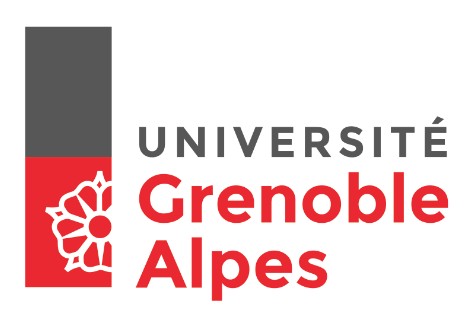
|
|
|
|
COVID-19 & postponement [New 2020-10-16]
In order to prepare a new edition of the HIFAAS workshop, registrations are now re-open.
At this stage, it is not necessary to submit an abstract in order to register. Abstract submission will be detailed once a definite date will be fixed. [2020-02-03]
Given the current status of covid-19 epidemic propagation, we are really sorry to announce that we are forced to postpone the Workshop. We apologize sincerely as we are very conscious that this last minute decision forces the participants to cancel all of their travel plans. We still hope that you will join us once we have setup a new safe date for the Workshop. The scientific interest remains very strong.
The HIFAAS organisers,
--
Jean-Philippe Berger
Guillaume Bourdarot
Hugues Guillet de Chatellus
Abstract From the birth of stars and planetary systems to the image of supermassive blackholes, the recent observations of astronomical objects at the highest angular resolution have profoundly changed our vision of our surrounding universe. In this field, aperture synthesis with Very Long Baseline interferometry (VLBI) and optical infrared interferometry are currently the two techniques that provide the highest angular resolution achievable. With its shorter wavelength, infrared interferometry, still confined at 100m scale baseline, could be envisioned as one of the most promising technique to go even further. The extension of this technique to a large number (N>15) of telescopes and kilometric baselines would represent a major step for observational astronomy, in particular for the study of nascent stars and forming planetary system. Nevertheless, such an infrastructure will also require major technological developments, with many challenges and cannot necessarily be extrapolated from current existing ones such as the Very Large Telescope Interferometer. Joint organisers and support
News Oct 16 -- Pre-registrations are now re-open. March 03 -- Given the current status of Covid-19 epidemic propagation, we are forced to postpone the workshop. Feb 05 -- Registrations are now closed. After registration, a short abstract (< 100 words) should be submitted here : Abstract Submission Oct 25 -- Abstract submissions are now open : Click here to submit your abstract Oct 24 -- Website and registration are now open ! Click here to register |






